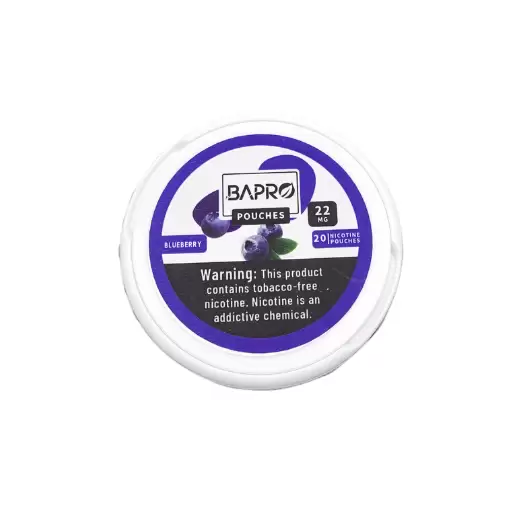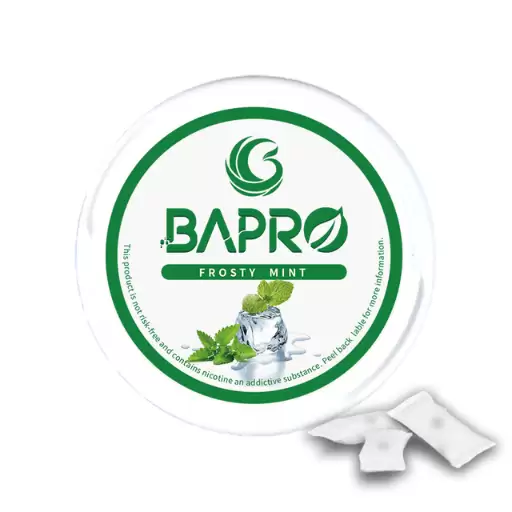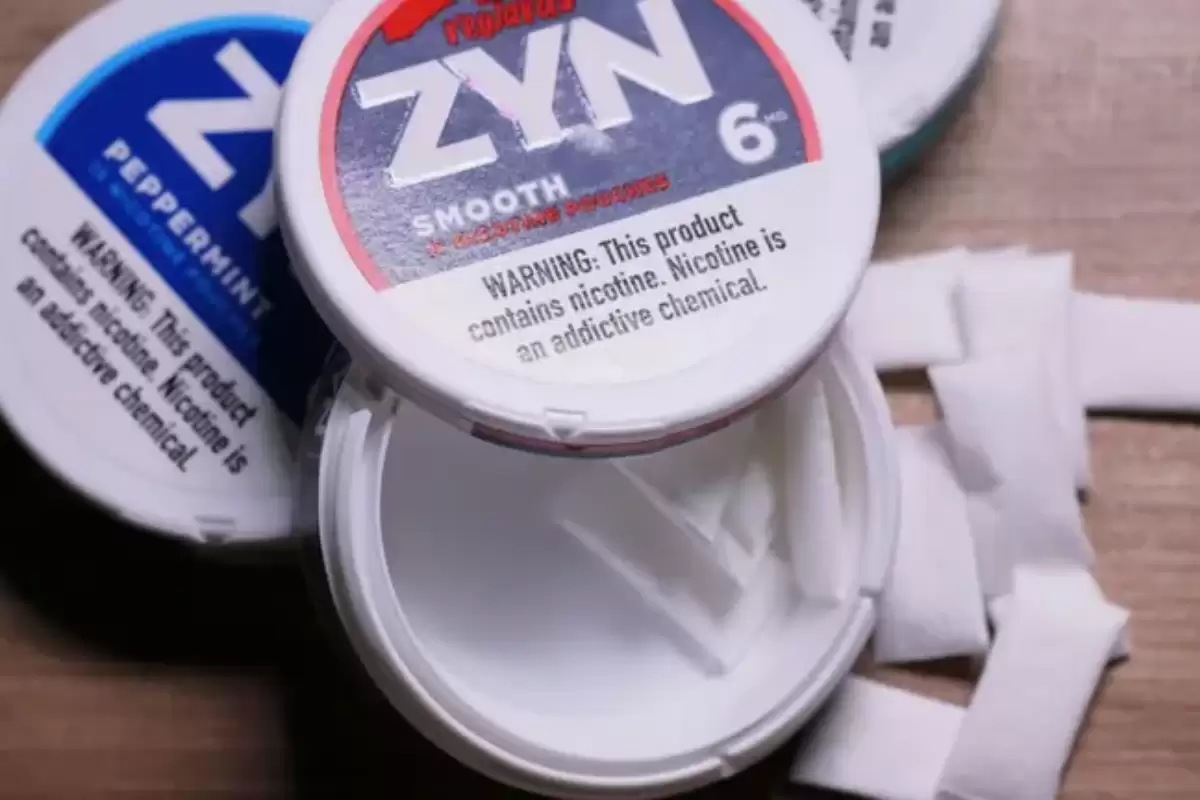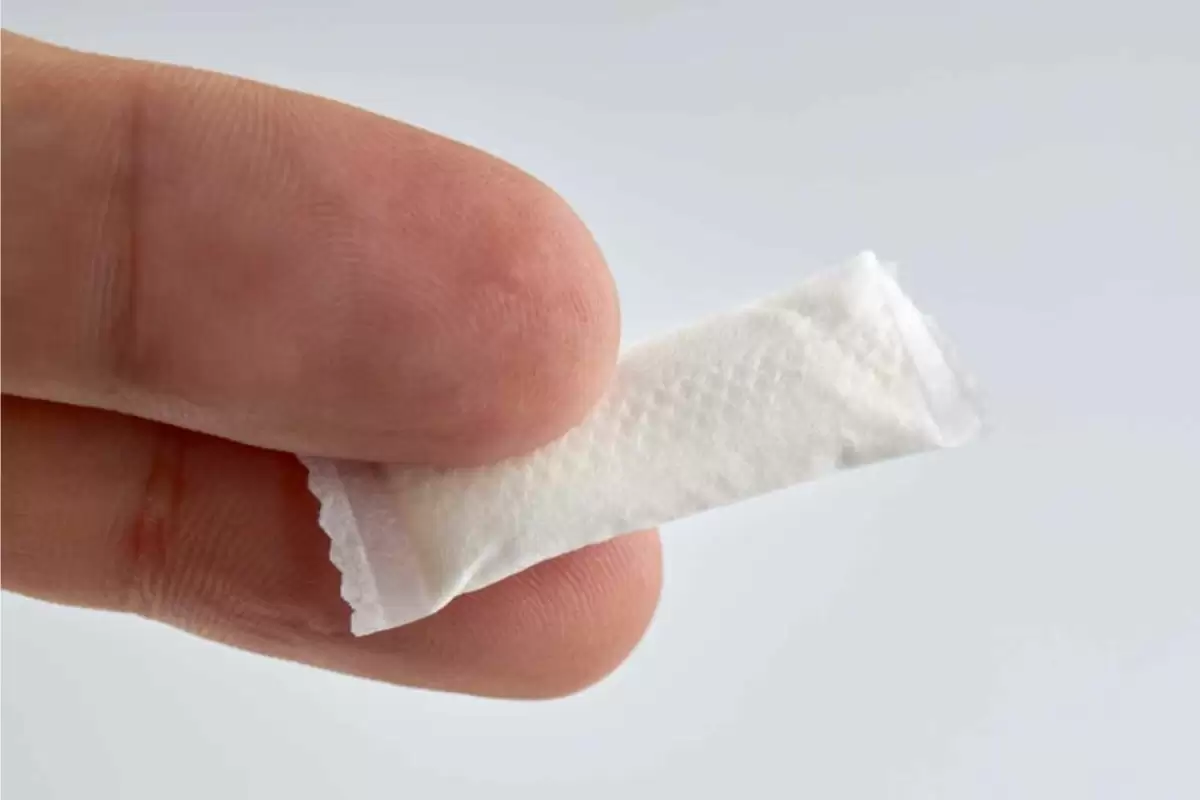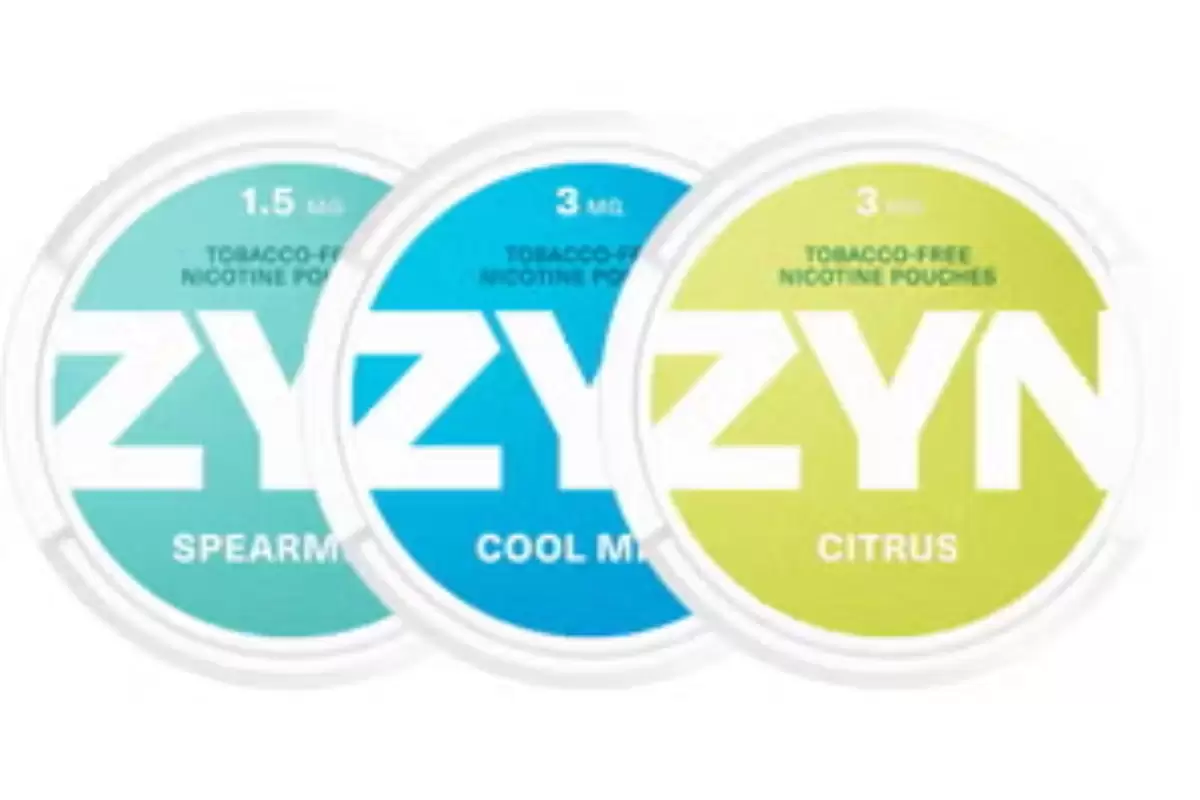Introduction
Snus and nicotine pouches are two different directions that nicotine replacement is now taking as cigarette smokers try to cut down or quit entirely. There’s more to it than just the way nicotine gets into the body.
Snus is the traditional Scandinavian form of moist tobacco, in the form of small pouches with tobacco inside. Pouches are placed under the lip, so there is no burning as with cigarettes, where the inhalation of combustion products is significant. Nicotine pouches are a more recent innovation but arguably even safer, because they are tobacco-free, with nicotine extracted and mixed with other fillers such as cellulose, flavorings, and sweeteners. The story of the rise of nicotine pouches is a story of change. Moves to a healthier lifestyle are increasing in Western society as a whole.
This article focuses on the differences and similarities between snus and nicotine pouches by tackling their historical backgrounds, health consequences, market locations and the regulatory spaces in which they are set. In this way, a comparison of such aspects will hopefully offer readers an encompassing view about how to make informed decisions regarding the nicotine delivery system that could suit them best in 2024.
What is Snus?
A moist, granular powdered tobacco introduced in southern Sweden early in the 18th century, snus is a smokeless tobacco product that is as important to Swedish culture as it is uniquely disliked by other cultures. It has, over the past several decades, become increasingly popular throughout Scandinavia. Unlike many other tobacco products, snus is not fermented, and is generally kept under the upper lip for several hours.
Central to snus are the ground tobacco leaves, which are mixed with water, salt and – lastly – a selection of flavors, which usually include citrus and bergamot, but could also, depending on personal preference or regional conventions, be other herbal or spiced notes. Snus is pasteurized, which purifies it from harmful microbial flora, a factor which makes it different from all other types of chewing tobacco, where the standard procedure is the opposite. The leaves are mixed with water and fermented.
Nowadays, few people fail to know what snus is, or fail to recognize that it is popular in the Scandinavian countries of Sweden and Norway, where it is used widely among men and women, especially among adults. Its use in these countries is also often linked with a low rate of cigarette smoking, as many users consider snus as a less harmful substitute for cigarette smoking.
The history of snus reflects the legality and acceptance of snus. The product is legal in Sweden, as well as some other parts of the world. The European Union has rules on the sale of snus from old Union countries into member countries. They allow nowhere in Europe an open market for snus, and Sweden was given an exemption when it joined the EU. The Ordnungsamt denial order could change the current exclusivity that snus users have in the country. An interest in snus has accelerated recently, as has a trend in harm reduction for smoking nicotine worldwide.
What are Nicotine Pouches?
They are the latest version of nicotine pouches that circulate the world and receive support from many countries that depart from the principles of the anti-tobacco treaty, in order to reduce, suspend, or avoid the harmful side effects of tobacco leaves, and most importantly to ensure continuous consumption of nicotine that addicts insist on, but in a slightly purer manner and with increasingly fewer social taboos and constraints outside the hostile climate for smoking and vaping.
Nicotine pouches consist of a small, white, non-tobacco material – usually cellulose – that’s pressed to absorb as much nicotine extraction as possible from tobacco leaves. Flavours and sweeteners are added to enhance the experience, and the product is currently available in a wide range of taste profiles, including mint and fruit but also coffee. Since the product lacks tobacco, neither are the harmful and carcinogenic tobacco-specific nitrosamines (TSNAs) nor the sometimes associated spitting required when using chewing tobacco or snus.
Unlike the Swedish tradition of snus, which is widespread among men in the Nordic countries and remains distinct and influential among the Scandinavian diaspora, nicotine pouches offer a global market (they’re growing fast in North America and Europe, where the large brands tend to market them as tobacco-free). They are also in a stronger legal position than snus – even though the nicotine content is much lower, they don’t fall under some of the restrictions that make the sale of snus prohibited in much of the world outside Sweden.
It involves carrying the pouch between the gum and the upper lip, from where nicotine is absorbed into the body via the mucous membranes. It is a discrete way of ingesting nicotine, one which gives off no smoke and where the used product does not have to be disposed of, unlike snus or cigarettes, allowing for easy continuous use.
Health Implications
The health profiles of snus and nicotine pouches are key issues when consumers weigh up their risks and rewards as alternatives to smoking cigarettes.
Because snus is a smokeless tobacco product, it has been the subject of extensive research, especially in Sweden, where its use is pervasive. Public health bodies generally agree that snus is less hazardous than smoking. This is because cigarettes cause combustion, but the smokeless nature of snus avoids many of the chemical breakdown products that are present in cigarette smoke. So, is snus risk-free? No. Snus contains tobacco. And tobacco is a source of nicotine and other toxic substances.
Several lines of research suggest that snus use increases the relative risk of some cancers, including pancreatic and, possibly, oral cancers, but the risks are lower than those associated with cigarette smoking.
In comparison, the main difference with nicotine pouches is that they are tobacco-free. This means that they are devoid of several of the carcinogens present in snus and cigarettes. Because they contain nicotine but no tobacco, these products are often marketed as being less harmful than snus or cigarettes. Nicotine itself is addictive, and not without risk to health – it increases heart rate and blood pressure, and may impact brain development in the teenage years. But nicotine is not the main culprit in smoking-related cancers. That said, the safety of these products depends on the extent to which they are able to deliver nicotine without the array of harmful chemicals found in tobacco, and thus may be safer than either cigarettes or snus.
Most recently, certain studies and overall expert viewpoints say that nicotine delivery might be a similar strength with both products, but due to their vastly different ingredients, the overall health risk between the two are worlds apart. Linda Bauld, professor of public health, states: ‘Nicotine pouches could have a role to play in harm reduction among smokers who switch to them because they deliver nicotine in a cleaner form than snus or cigarettes.’ Yet despite these newer studies, the long-term risks of nicotine pouches remain coupled with the newness of the products, so there’s ongoing research to round out the overall safety profile.
The choice between snus and nicotine pouches should rest not only on regulation that delivers better health outcomes, but also on consumer education that outlines these relative health risks and benefits.
Consumer Preferences
Any attempt to predict the relative appeal of snus versus nicotine pouches at this distance, in 2024, must embrace the complexity of these overlapping mechanisms. The changing balance between these processes will reflect not just population ageing, but also differences in consumer perceptions of health and wellbeing, as well as the development and proliferation of cultures of consumption. The market for nicotine delivery devices is in a process of being shaped, more than ever, by a more discerning and increasingly health-conscious consumer.
Snus has also always had high name-brand loyalty in Scandinavia, especially in Sweden, where snus use has been strongly associated with cultural heritage. Along these lines, many users in both countries increasingly say that they continue to use snus because they view it as traditional and less harmful than smoking. Many older users also note that they have used it for so long that they resist switching to the new products.
At the same time, international popularity of nicotine pouches is high, in particular among the younger adults who prefer modern, sleek and no-smoke alternatives. The desired demographic that matters for the tobacco industry appreciates the opportunity their pomade presents, as this generation is more preoccupied with public smoking bans and social stigma compared to their cigarette-smoking predecessors.
Nicotine pouches allow for a personalised intake, and their stylish flavours and dosages are regularly augmented, while communication of a reduced-harm profile continues to increase dramatically.
In terms of marketing, the newer product, the nicotine pouch, is targeted more towards young and old users (as shown in the blue portion in 2024), whereas snus still attracts a lot of traditionalists and older consumers (as shown in the green portion in 2024). This is supported by the more digital marketing channels adopted by nicotine pouches, while snus is most common on traditional mediums of advertising.
Moreover, women also shy away from gender-associated products. There is evidence to suggest that men use snus more so than women, and it is men and also women who are similarly attracted to non-gender-marketed nicotine pouches because of this. Beyond Scandinavia, however, where the use of nicotine products is more diverse, it is not the cultural use of oral tobacco that is affecting the changing landscape of the market – it is only the use of nicotine pouches because they are not chemically linked to any ethnic and gender groups.
There is also a steady shift in consumer preferences thanks to another development: growing awareness of health risks associated with the use of nicotine and tobacco. Here, vaping is seen less as a substitute than an alternative, a component of a broad lifestyle choice to minimize health risks.
Regulatory Landscape
The regulatory environment plays a big part in shaping availability, and also how the market evolves. It determines which products will be accepted, where and by whom, and affects how consumers can access them. Because market access is vital for the industry, it bears introducing an important second layer to this dichotomy between snus and nicotine pouches: the concept of regulatory ‘track’. Snus and pouches can be ‘assigned’ to a regulatory track.
Politics and commercial considerations play a part in shifting this track, largely dictated by which companies are involved. However, ‘tracks’ often follow by default loyalty to products, as well as sales and profit figures.
For example: a track is built as a product is developed; results start coming in that support the product; regulatory authorities get involved, and establish rules but don’t embark further into creating a category. In this case, products associated with this track find themselves floating in regulatory limbo, a category known as ‘Emerging’. If those products are not snus, there is little incentive for tobacco companies to significantly invest in them. That, in turn, influences the level of investment in user-friendly innovation. Round 1: snus versus other products.
Although a traditional product in the Nordic countries, snus is prevented from competing with other tobacco products by legal regulation in much of the world. The European Union, for example, bans its sale unless the tobacco is grown and packaged within the Union (despite the fact that tobacco is a standing crop and therefore not much subject to seasonal movements). The EU reached an agreement with Sweden, which could not join the EU without an exemption for its most traditional tobacco product.
Although snus has a far longer and culturally embedded history in Nordic countries, regulation prevents it from competing head to head with other forms of tobacco and therefore limits worldwide use and access by consumers.
But nicotine pouches do not contain tobacco, and so they exist in a grey zone where regulations are not as harsh in many countries. They are able to slip through this loophole between the snus products they resemble and tobacco products, which tend to be regulated a lot more harshly in the North America and parts of Europe where smoking is highly regulated. The fact that nicotine pouches are legal, and sold as a safer alternative to smoking, serves health-focused public policymaking. The public health policies in many countries aim to cut the health burden from tobacco.
Regulations influence not only legal availability, availability in certain areas, market availability, public perception and sensibilities, and what information the industry can convey to the public – in the production, distribution and marketing of these products but also in how the products themselves are designed in terms of flavorings and touted by the industry. One way in which we can explore this is through the example of snus and nicotine pouches.
They are, after all, similar products, but subject to vastly different forms of regulation, a difference that impacts public perception and the way in which the industry markets itself. This, in turn, influences who tries and eventually enjoys its products.
Stricter labeling requirements and public health warnings on snus (compared with nicotine pouches) can deter potential users, while the ‘more discretionary, and often less reprehensible’ nicotine pouches can market itself more freely and toward a wider demographic group.
In addition, regulatory agencies will inevitably modify their stances to reflect novelties in the scientific literature and public health trends. The nicotine economy is large and growing every day. This will increasingly become the focal point of governments around the world, as they attempt to balance medical priorities against consumer rights and industry growth. Regulatory advances can occur quickly, and often in distinct fashion across jurisdictions, meaning that the manner in which products such as snus and nicotine pouches are bought, sold, advertised and used can change suddenly.
Understanding these regulatory contexts is critical for consumers who want to make informed decisions about using these products, and for businesses that are considering entry into the market. Although nicotine delivery products are likely to continue to compete in an environment where the interplay between regulatory and market strategy is intense, it is an interplay that we know well.
Environmental and Economic Impact
The fact that snus, in contrast to combusted tobacco, does not produce waste, exhaust, toxic byproducts, or leave behind cigarette butts and ash explicitly distinguishes those products from smokeless alternatives, such as pouches and snus. Also, consumer behavior is part of the environmental impact and economic costs of snus and nicotine pouches.
Environmental impact: Tobacco is an agricultural product with a known high environmental footprint due to its cultivation (destruction of forests, soil erosion, high pesticide use, etc.) and the process of manufacturing it (pasteurization, packaging, etc.). The disposal of snus through spitting or throwing out used portions adds to this footprint if it is not managed properly and leads to more litter and waste.
Pouches are still manufactured, so nicotine is extracted and purified, and synthetic materials have to be produced, though, because they do not require spitting and are composed of biodegradable materials such as cellulose, they might be a less environmentally damaging alternative, in principle – that is, provided that they are disposed of responsibly. Excreted odds and ends can be scattered in the regular rubbish bins, with little likelihood of accumulating in the environment as devastatingly as snus does.
Economic impact: Snus has a well-developed market in Scandinavia, and both exports and domestic sales generate substantial economic benefits. However, the market is limited because of strict regulation in most other regions, and the economic benefits from global sales are consequently restricted.
Meanwhile, compared with their tobacco-containing counterparts, nicotine pouches are a growing economic force in world markets. Across the world – and especially in places where anti-tobacco policy has constricted sales of cigarettes – purchases of nicotine pouches cross economic boundaries and are favored by regulatory agencies, translating to enormous investment and sales potential in the global marketplace.
In other words, indefinitely increasing their sales and manufacturing would be a lucrative and enticing prospect for the purveyors of nicotine products and the global industries where they reside. This hostile economic and physical environment led a growing number of people – including young adults and athletic adults who imposed prohibitions on high-caloric food consumption – to give up smoking and embrace nicotine pouches as an alternative form of nicotine delivery.
Production, distribution, and retailing of both snus and nicotine pouches contribute directly to local economies. While snus supports traditional agricultural and manufacturing jobs, more modern jobs related to chemical processing and advanced materials will be created if the nicotine pouch becomes a more popular product. The question facing all countries is which economic future do they want for their local economies, the future that supports traditional tobacco products or the future that supports newer products, possibly less harmful to the user and the environment.
If nicotine pouches prove to be less harmful than traditional tobacco products, they still will result in pollution from the production of nicotine. Fermented tobacco is used to make the nicotine for these pouches. It is the fermented tobacco that gives these products their brown color.
In conclusion, the choice of snus or nicotine pouches can be a personal preference based on health and enjoyment, but it is also part of a bigger ethical picture in relation to environmental footprints and the amount we contribute to the economy. As these market categories see unprecedented development, these variables will be increasingly significant for governing consumer choices and regulatory affairs. This industry will only be sustainable and beneficial if there is continuous research and development.
Common Questions About Nicotine Pouches
- What are nicotine pouches? Nicotine pouches are very small, tobacco-free sachets containing nicotine and other ingredients such as flavor and fillers. The user places the pouch between their lip and gum, where the nicotine is absorbed.
- How do I use nicotine pouches? Place in between your gum and upper lip so you can absorb the nicotine from the lining of your mouth. Combine at your discretion, for up to about 30-60 minutes per pouch (dependent on the product and personal preference).
- Are nicotine pouches safer than cigarettes? Nicotine pouches are known to be safer than cigarettes because they don’t involve combustion and thus don’t produce tar or carbon monoxide. However, nicotine itself is addictive and so this should be taken into account when discussing its health risks.
- Is smoking tobacco addictive? Nicotine is extremely addictive and most smokers report that they feel withdrawal when they stop smoking. Nicotine replacement therapy such as nicotine pouches can be addictive but these products are much less harmful than smoking tobacco. When used as part of a quit-smoking programme that might include counseling and support, nicotine pouches can support a quit attempt.
- Are there side effects to nicotine pouches? The most common side effects from nicotine pouch use are gum irritation, headache, nausea, and dizziness. These are generally mild and can be mitigated by your body adjusting to nicotine.
- How much can you use a day? You can use as much as is right for you, dependent on your personal nicotine tolerance and the strength of the pouches. Please follow manufacturer’s instructions and any advice from a doctor.
- Are there different doses of nicotine pouches? Yes, Nicotine pouches have varying degrees of nicotine in them, usually from 2 mg nicotine per pouch to 8 mg nicotine per pouch. This helps select a dosage similar to their regular cigarette and helps get off nicotine, gradually.
- What do you do with a nicotine pouch after you have spent some time using it? Anything that is handed over to the cigarette companies in your search for the healthier alternative becomes part of their ‘carrot-and-stick’ system, working against the public’s interests and appealing to the selfish belief that each person is individually immune to harm. Few brands include a little box in which you can store the used pouch until you have a chance to throw it out in the trash.
- Where can I use nicotine pouches? One of the benefits of nicotine pouches is that they’re not always apparent so they’re easier to use discreetly than a cigarette or vaping device in places where smoking or vaping may not be appropriate or legal.
Here are five scholarly articles on nicotine pouches that include detailed examinations of their use, public health impacts, and consumer awareness:
- Nicotine Pouch Awareness and Use Among Youth: This study explores the growing awareness and use of nicotine pouches among young people in the U.S., highlighting perceptions compared to other tobacco products. The research underscores concerns about the attractiveness of these products to younger demographics due to their marketing and availability (Oxford Academic).
- Characterization of Total and Unprotonated (Free) Nicotine Content of Nicotine Pouches: This article delves into the chemical composition of nicotine pouches, providing essential data on nicotine content and its potential health implications. It’s a valuable resource for understanding the addictive potential and toxicity risks associated with nicotine pouches (Academic Oxford University Press).
- Estimating the public health impact of tobacco-free nicotine pouches: This study models the potential health outcomes if nicotine pouches had been introduced earlier in the U.S., suggesting that they might reduce harm compared to traditional smoking but highlighting the need for comprehensive research to fully understand their public health impact (BioMed Central).
- Awareness, susceptibility, and use of oral nicotine pouches among young adults: Focused on the U.S. demographic, this research assesses awareness, susceptibility, and actual use of nicotine pouches among young adults. It discusses how perceptions of safety and risk influence the adoption of nicotine pouches compared to other smokeless tobacco products (PLOS).
- Comparative risk perceptions of nicotine pouches versus smokeless tobacco: This article examines how nicotine pouches are perceived in relation to traditional smokeless tobacco products, with insights into consumer beliefs about safety and attractiveness, particularly among users who are transitioning from other forms of tobacco (PLOS).

